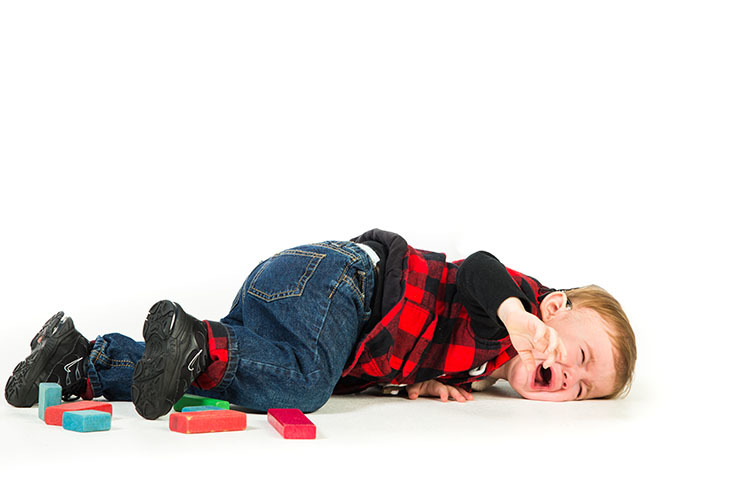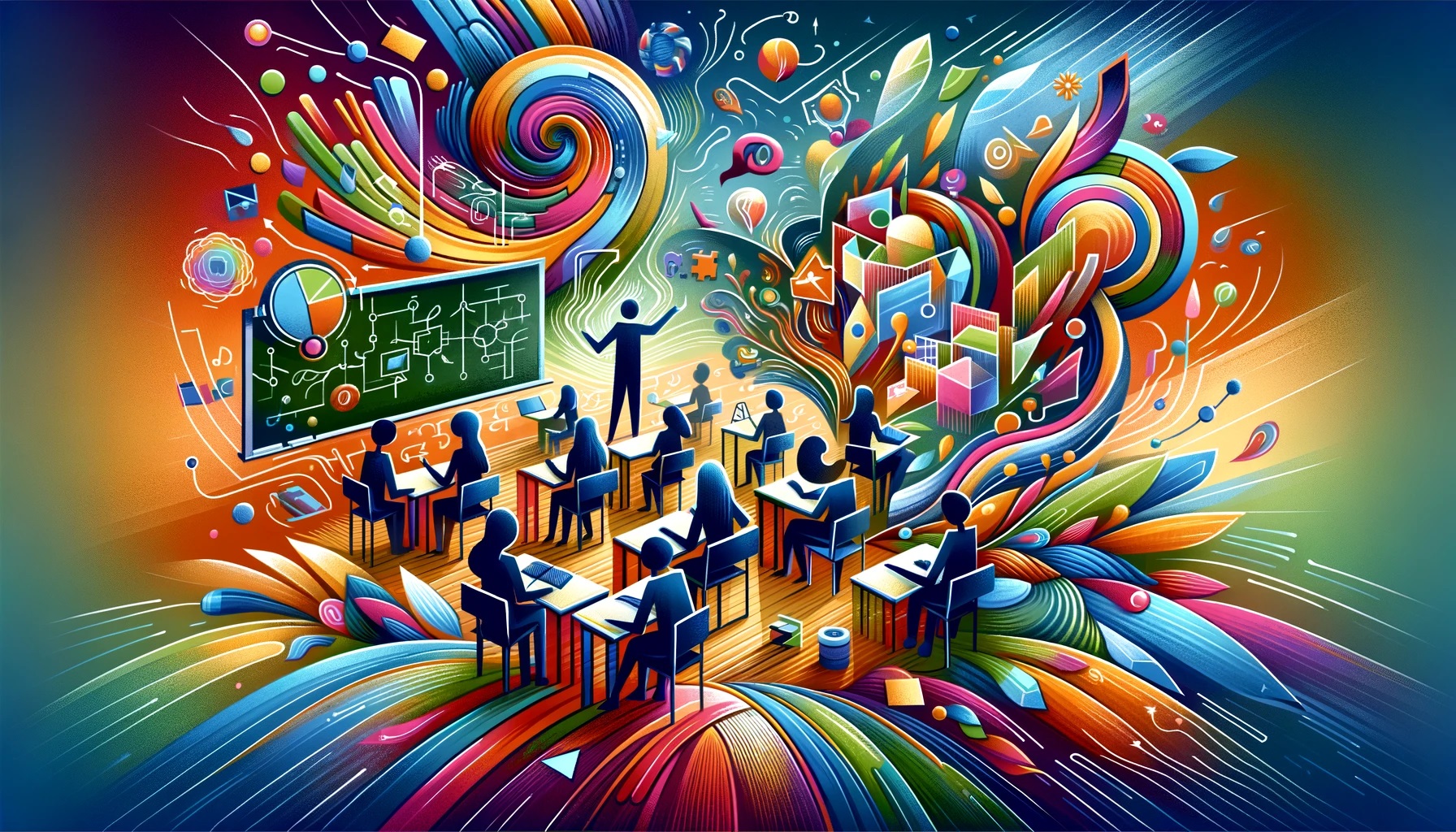Schools today are undergoing significant transformations in teaching methods, with innovation and creativity becoming essential for advancing the educational process. Encouraging creativity in schools is a challenge but a necessary one to develop students' skills and prepare them for a rapidly changing world. In this article, we will explore six innovative mechanisms to foster creativity and innovation in schools and provide real-life examples of how they are applied.
1. Project-Based Learning (PBL)
Project-based learning engages students in long-term projects that allow them to explore diverse topics, fostering critical thinking and problem-solving skills.
At High Tech High in California, students are assigned real-world projects, such as designing solutions to improve the school’s infrastructure or social projects aimed at helping the local community. This type of learning enhances student engagement and encourages them to interact with the outside world creatively.
2. Makerspaces
Makerspaces are environments equipped with modern tools like 3D printers and electronic circuits, encouraging students to innovate and develop new ideas through hands-on experience.
At Brookwood School in Georgia, there is a dedicated makerspace equipped with 3D printers and robotics tools. Students use this space to develop engineering projects and create practical models for their ideas, enhancing their creative abilities and encouraging innovation.
3. Design Thinking
Design thinking is an approach that relies on solving problems creatively by focusing on user needs, encouraging students to think in new ways.
At Stanford d.school, which is a leading model for implementing design thinking, students are tasked with designing solutions for real-world problems facing the community. For example, students collaborated with a non-profit organization to design a solution that helps individuals with disabilities access public facilities more easily.
4. Educational Technology
Technological tools such as artificial intelligence (AI) and virtual reality (VR) contribute to the development of students’ innovative skills and help them explore new ways of learning.
At Future Classroom Lab in Belgium, VR technology is used to teach students history and geography in an immersive way. Students can “visit” historical events and locations using VR, turning learning into a creative, interactive experience.
5. Interdisciplinary Learning
This approach integrates various subjects such as science, math, and arts, helping students acquire multiple skills and develop innovative solutions to complex problems.
At Da Vinci Schools in California, subjects like arts, math, and science are combined in joint projects. For instance, students are tasked with designing scientific projects that require precise mathematical calculations to develop innovative models, such as renewable energy projects.
6. Innovation Challenges
Organizing innovation competitions among students encourages them to develop new ideas and creative solutions, fostering their creativity and competitive spirit.
At Lego League schools around the world, students participate in innovation challenges where they are required to design and build robots capable of solving specific problems. These challenges promote collaboration and innovation among students and give them the opportunity to explore science and engineering creatively.
Conclusion
Fostering creativity and innovation in schools is not just a luxury, but a critical necessity to keep up with the rapidly changing world. By implementing these innovative mechanisms, schools can provide an educational environment that encourages students to think creatively and innovatively, helping them develop future skills and making them more prepared to face future challenges. Innovation starts at school, and with these tools and strategies, a better and more impactful education can be achieved.




